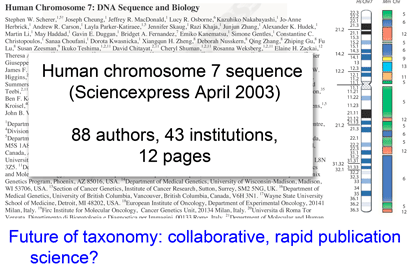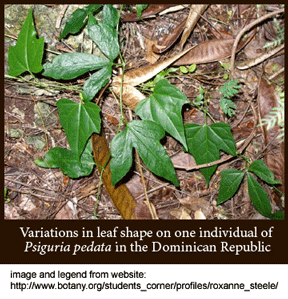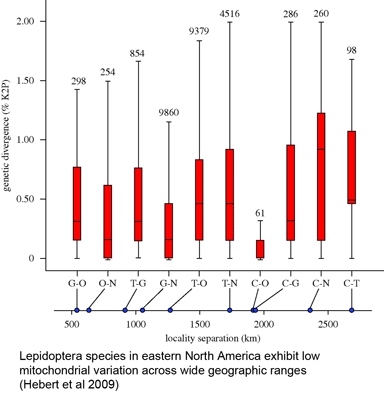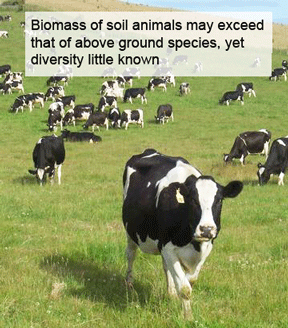In Systema Natura 250 (Andrew Polaszek, ed; CRC Press), a new collection of essays on the state of taxonomy, David Schindel and Scott Miller address how to speed up “naming” of specimens without causing chaos, in chapter entitled “Provisional nomenclature: The on-ramp to taxonomic names.” The authors observe the increasing numbers of undescribed and undescribable specimens (eg fragments, mixed environmental samples) and propose to standardize provisional names (preferred designation of these standardized  temporary placeholders is “taxon label”). As they note, there are many provisional names in GenBank (e.g. Ocyptamus sp. MZH S143_2004), so this is not a change in usual practice, except that the format of provisional names is standardized. As a starting point, Schindel and Miller propose a scheme developed by Council of the Heads of Australian Herbariums (CHAH) and recommend review by Biodiversity Information Standards (TDWG). The CHAH format is:
temporary placeholders is “taxon label”). As they note, there are many provisional names in GenBank (e.g. Ocyptamus sp. MZH S143_2004), so this is not a change in usual practice, except that the format of provisional names is standardized. As a starting point, Schindel and Miller propose a scheme developed by Council of the Heads of Australian Herbariums (CHAH) and recommend review by Biodiversity Information Standards (TDWG). The CHAH format is:
Genus_name sp. Locality (Voucher identifier) Source, where “(Voucher-specimen identifier) is a two-part field consisting of a collector’s name and the voucher specimen number attached to the exemplar of the taxon concept,” and “Source refers to the name of the concept’s proposer.” Regarding sequence data as identifiers, such labels could be generated by a clustering algorithm for DNA barcodes for example. Schindel and Miller discuss short and long-term advantages to taxonomic workflow, academic credit, and scientific sharing.
A standardized format for provisional names is a simple, powerful proposal with many downstream benefits. I hope TDWG will adopt!


 In
In  What lives in soil? In
What lives in soil? In